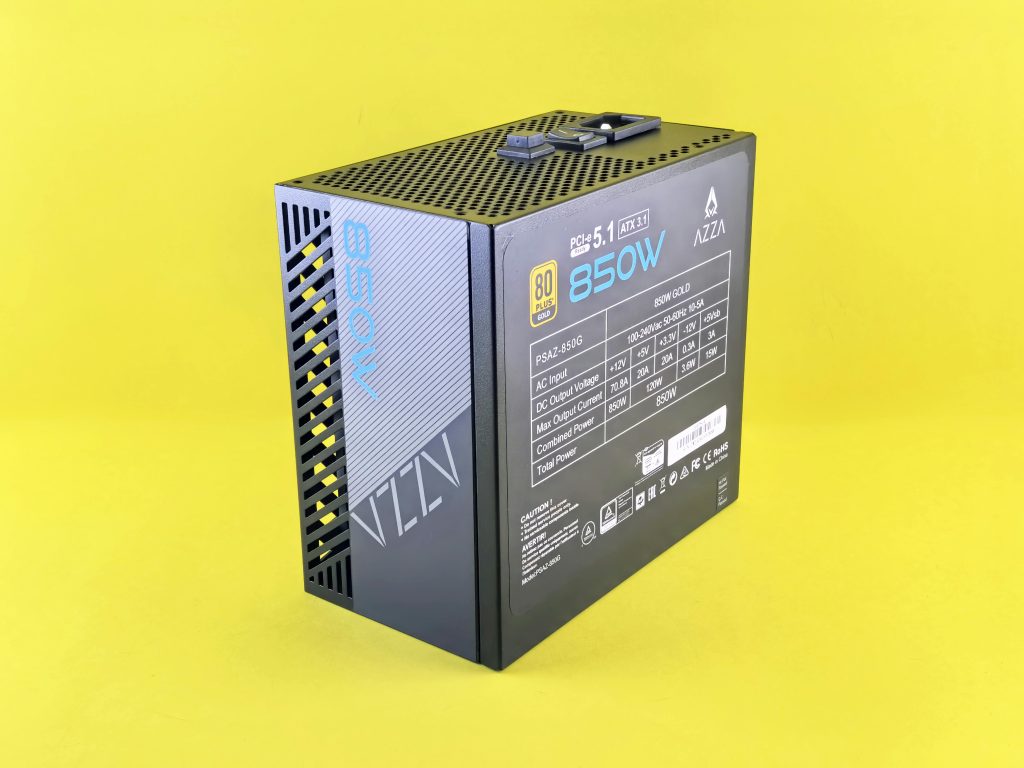How to Determine If Someone Is Remotely Accessing Your Computer
Are you concerned that someone might be accessing your computer without your consent? If you’ve noticed unfamiliar devices listed in your “Devices and Printers” section or if your settings seem to have changed unexpectedly, it’s natural to feel uneasy about your computer’s security. Fortunately, there are several steps you can take to assess and enhance your computer’s protection against unauthorized access.
Recognizing Signs of Unauthorized Access
The first step in safeguarding your computer is to keep an eye out for potential indicators of remote access. Common signs include:
- Unfamiliar Devices: If you see devices that aren’t yours listed under “Devices and Printers,” it may indicate that someone else has connected to your system.
- Changes in Settings: If your configurations alter unexpectedly, it could be a sign that someone is manipulating your system remotely.
Steps to Investigate Possible Remote Access
-
Check for Remote Access Software: Look for applications like TeamViewer, AnyDesk, or Remote Desktop Protocol (RDP) on your machine. If you don’t recognize these programs, consider uninstalling them.
-
Utilize Task Manager: Launch the Task Manager by pressing Ctrl + Shift + Esc. Check active processes and services for anything suspicious that you don’t recognize. Google any unfamiliar names for further information.
-
Change Your Passwords: Strengthen your security by changing your passwords, especially those related to your operating system and online accounts. Opt for strong, unique passwords that are hard to guess.
-
Enable Firewall Protection: Ensure your firewall is active. This provides an essential barrier against unwanted external connections. You can check your firewall settings in the Control Panel or System Preferences.
-
Review Security Settings: Regularly update and review your computer’s privacy and security settings. Ensure that remote assistance is disabled if you do not require it.
-
Scan for Malware: Run a full system scan using your antivirus software. Malware can facilitate unauthorized access, so it’s crucial to identify and eliminate any malicious software.
Taking Preventive Measures
To prevent future potential breaches, consider the following actions:
-
Set Up Two-Factor Authentication: Whenever possible, enable two-factor authentication on your accounts. This adds an extra layer of security, making unauthorized access more difficult.
-
Regularly Update Software: Keep your operating system and applications up to date. Updates often
Share this content:




Hello,
Ensuring your computer’s security against unauthorized remote access is essential. Based on the detailed steps you’ve provided, here are some additional tips and tools that might help you verify if someone is remotely accessing your system:
Windows + R, typecmd, and press Enter to open Command Prompt. Then, runqwinstato see active sessions. If unfamiliar users are logged in, it may indicate remote access.netstat -anoin Command Prompt to list active network connections. Look for foreign IP addresses that are established connections to your machine.eventvwr.mscin Run), and navigate to Windows Logs > Security. Check for recent login events or unusual activity.